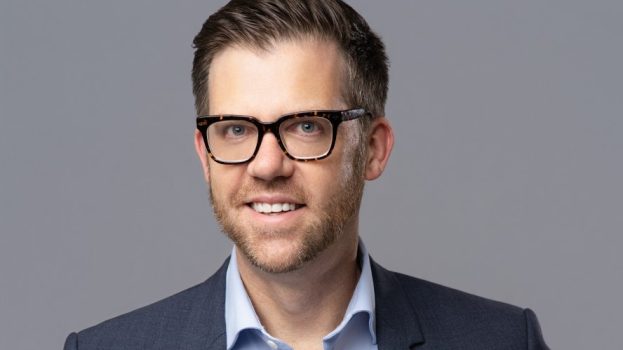Chronic treatments and medications are becoming a bigger part of daily life as Canada’s population gets older, so McKesson Canada is launching a new app designed to help Canadians better manage their treatments and improve their relationship with their pharmacist.
McKesson is a company that provides supplies and services to its network of independently-owned retail pharmacy banners, which include Guardian, IDA, The Medicine Shoppe, Proxim and Remedy’sRx. It acquired Uniprix in Quebec earlier this month in a deal that is still subject to shareholder approval.
While the functions the app performs might not necessarily seem groundbreaking, it is a step forward in a regulated space where innovations can be hard to come by, and helps McKesson with its plan to seek a competitive edge when it comes to the treatment it is able to offer. William George, VP of marketing for McKesson Canada, says the company has been focusing on providing better service on the pharmacy side as larger corporate chains have attempted to diversify their revenues by offering cosmetics, grocery and CPG products.
Working with Cossette, McKesson developed the new Diem Premium Care app as part of its Diem Premium Care CRM platform. Available for patients at Guardian, IDA and Remedy’sRx pharmacies, the app allows patients to fill new prescriptions by taking a photo of the slip, refill existing prescriptions, track current and previous prescriptions, get informed about new services at their pharmacy and manage prescriptions for family members. Over the next year, other functionalities that are set to be added include automatic refills and reminders for when a pill or prescription needs to be taken.
Unlike other pharma apps, Diem is linked to the three major dispensing systems in Canada, and McKesson owns and has direct access to that data, which it expects will help pharmacists provide better care for patients.
The app, George says, is not meant to replace a pharmacist, but create a more direct link to them, extend their care outside of the pharmacy and making tracking treatment less complicated for the patient.
“People like to go to large corporate chains because it can be their one-stop shop to pick up other products while they wait for an acute care prescription,” he says. “But when people get older and their conditions get more complicated, the people who shop at those locations are getting more frustrated because they want to have more personalized care with the pharmacist… We see an opportunity to better serve our existing patients, but also see an opportunity to draw in boomers that are disenfranchised with large corporate chains.”
CRM can be a tricky game in the pharmacy space, as most laws and regulations prevent rewarding the purchasing of drugs and prescription products. That’s part of the reason why Diem was built as more of a relationship platform instead of a transactional one, offering surprise and delight rewards to people for downloading the app and “good therapeutic behaviour” like adhering to their treatment schedule. That also gives pharmacists data to make better-informed suggestions and turn locations into “destinations,” as well as the time to do so.
“Pharmacists are having to find the time to generate new revenues, and that is in offering professional services,” he says. “This app helps them do that.”
McKesson’s largest patient base are those over 60 – the age group managing the most medications and who tend to do whatever their doctor or caregiver instructs them to. However, while George says these older patients are more tech-savvy than they often get credit for, the “sweet spot” for Diem is those between the ages of 45 and 60. Not only is that segment already using mobile apps, they tend to be more proactive about their treatment and are more eager to have a direct link to their pharmacist to find other ways to help manage conditions.
Patients even younger than that will not only be dealing with their first chronic medication, but will be managing the treatment of older family members and are willing to trade the convenience of a one-stop shop for the convenience offered by the app.
“As long as the functionalities are simple and we reinforce how this will link them to their pharmacist, our focus groups have been very open to the app,” George says. “When a Canadian turns 40 is when they typically go on their first chronic medication, and you tend to add another medication for every decade of their life after that. Not only do the app functionalities help decomplicate a complicated situation, it helps give them personalized care that is increasingly important to them.”
























